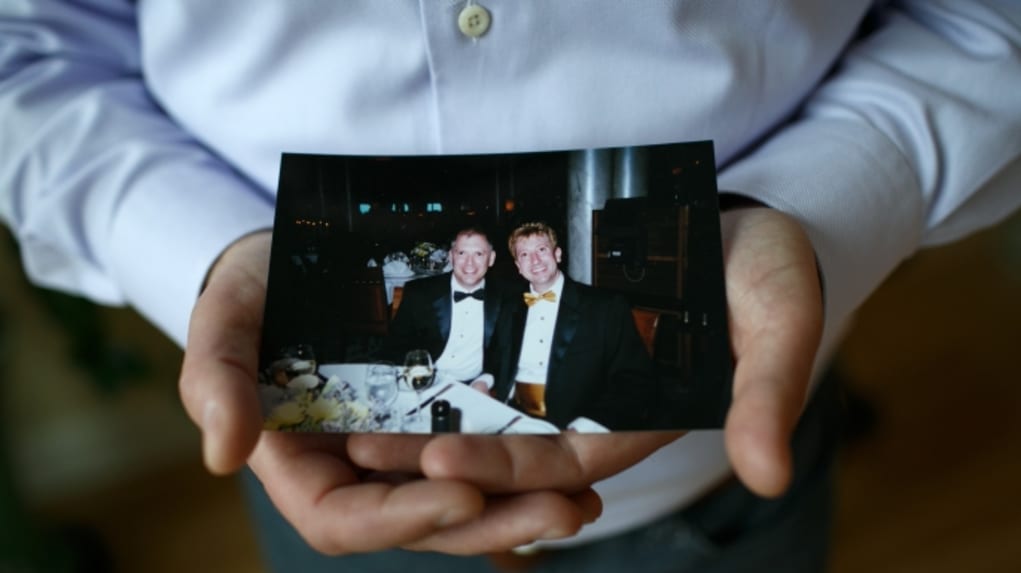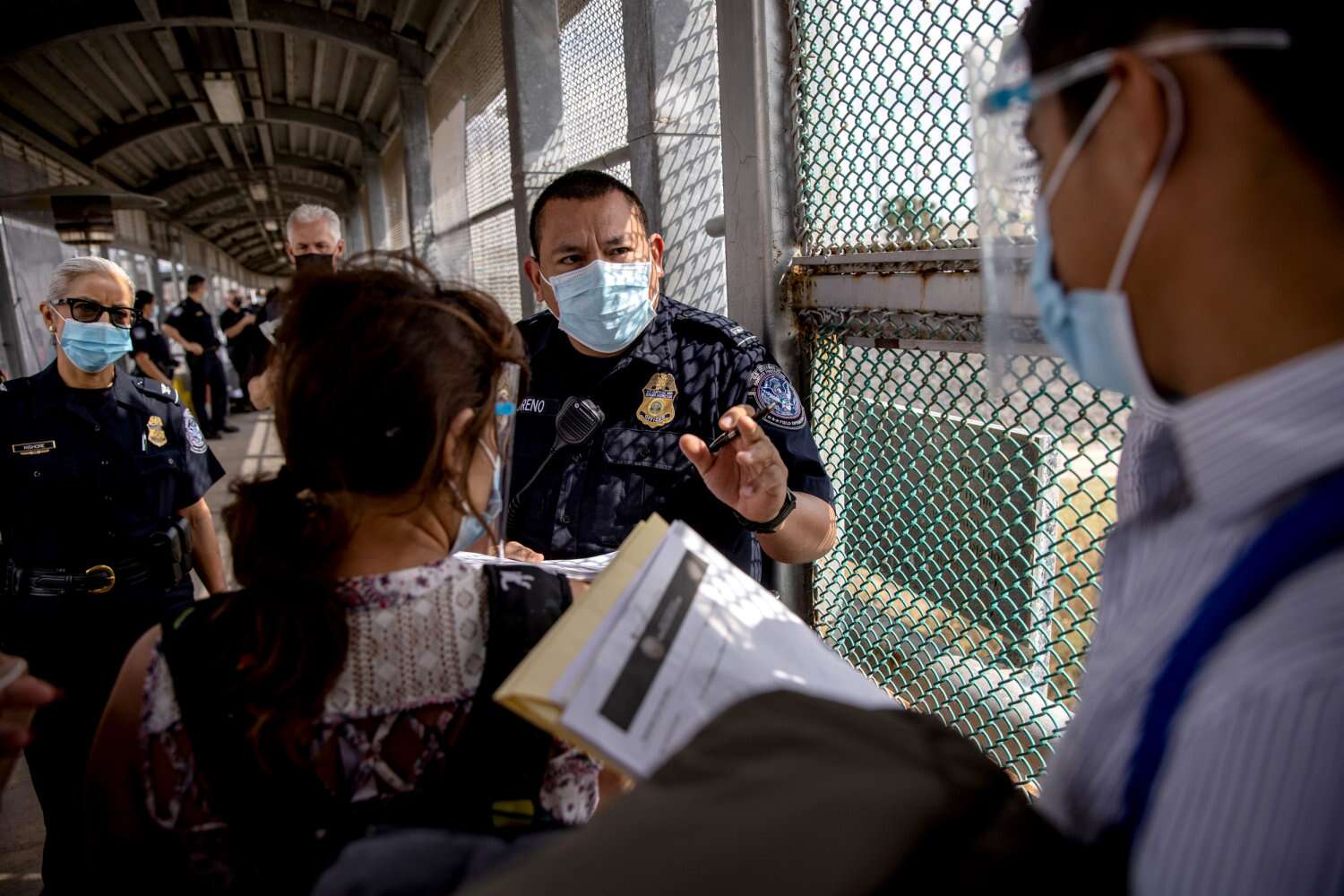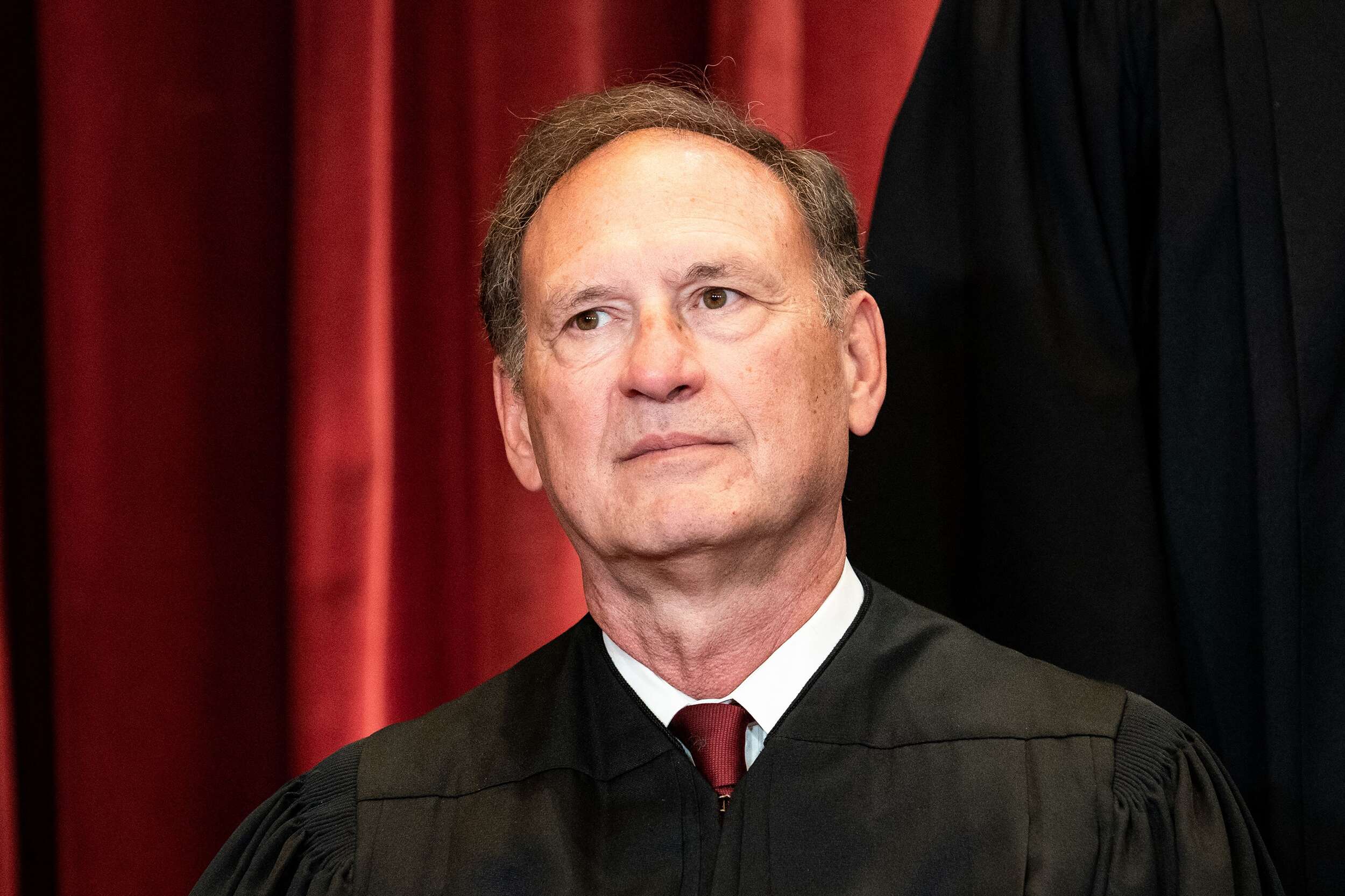One of the 14th Amendment guarantees is fair treatment as a citizen’s entitlement, especially during judicial processes, and equal protection under the law. A year after rejecting it, Louisiana and South Carolina voted to ratify the Amendment on the 9th of July, 1868. These votes officially made the 14th Amendment part of the Constitution.
Here are The 5 Top Historic Supreme Court Rulings Based on the 14th Amendment
Griswold v. Connecticut (June 1965)

In November 1961, a civil rights activist, Estelle Griswold, risked being arrested when detectives came to inspect her Planned Parenthood clinic in New Haven, Connecticut.
Her offence was because she supported the use of contraceptives and made them available in a state that deemed them illegal. When the case was taken up, her lawyers argued that the law deprived the defendants and clinic patients of their rights and finally, in a 7-2 ruling, the Supreme Court declared the law unconstitutional because one of the rights of the 14th Amendment is liberties, putting the power to make decisions regarding the use of contraceptives, in the hands of married couples.
Loving v. Virginia (June 1967)

Virginia’s Racial Integrity Act of 1924 mandated that every birth certificate defined its holder as white or “coloured”. It also criminalised marriages between “coloured” and someone with “no trace whatsoever of any blood other than Caucasian.”
However, one of the fundamental rights the 14th Amendment protected was the right to marry whoever you decided, regardless of race. After Mildred Jeter (of mixed Black and Native American ancestry) and Richard Loving (defined as “white” by the state) got married in Washington, D.C. and moved back to Virginia, they were arrested by the police and sentenced to one-year imprisonment, which could be erased if they left Virginia for 25 years.
They challenged the law, and in June 1967, the Supreme Court, in a unanimous decision, declared that “the freedom to marry, or not marry, a person of another race resides with the individual and cannot be infringed by the state.”
Roe v. Wade (January 1973)

After her inability to get an abortion because Texas laws criminalised the procedure, a waitress went ahead to challenge the law.
Justice Henry Blackmun wrote the decision after declaring that the right to privacy contained in part in the amendments “concept of personal liberty and restrictions on state action” was “broad enough to encompass a woman’s decision to terminate her pregnancy.” They ruled that a state law that broadly restricts abortion violates a woman’s right to freedom in deciding whether to continue a pregnancy.
Lawrence v. Texas (June 2003)

This law overturned the anti-sodomy statute in Texas and invalidated similar laws in other states. Justice Anthony Kennedy wrote that there was no legitimate state interest to justify the intrusion into the personal and private life of citizens, making the law unconstitutional. He further argued that Lawrence and Garner were “entitled to respect for their private lives” and personal autonomy as adults who could give consent.
Obergefell v. Hodges (June 2015)

James Obergefell and John Arthur, who lived in Ohio, wedded in Maryland, one of a growing number of states to grant licenses to same-sex partners. They challenged the law, realising that Ohio won’t give them the benefits reserved for couples under the law or see their marriage as legal.
In June 2015, the Supreme Court required states to acknowledge and respect the validity of marriage licenses of same-sex couples. Justice Kennedy noted that while history and tradition may inform court decisions, they don’t restrict the basis on which a court reaches its conclusion.
He also said that the right to marry remained one of the “personal choices central to individual dignity and autonomy.”





